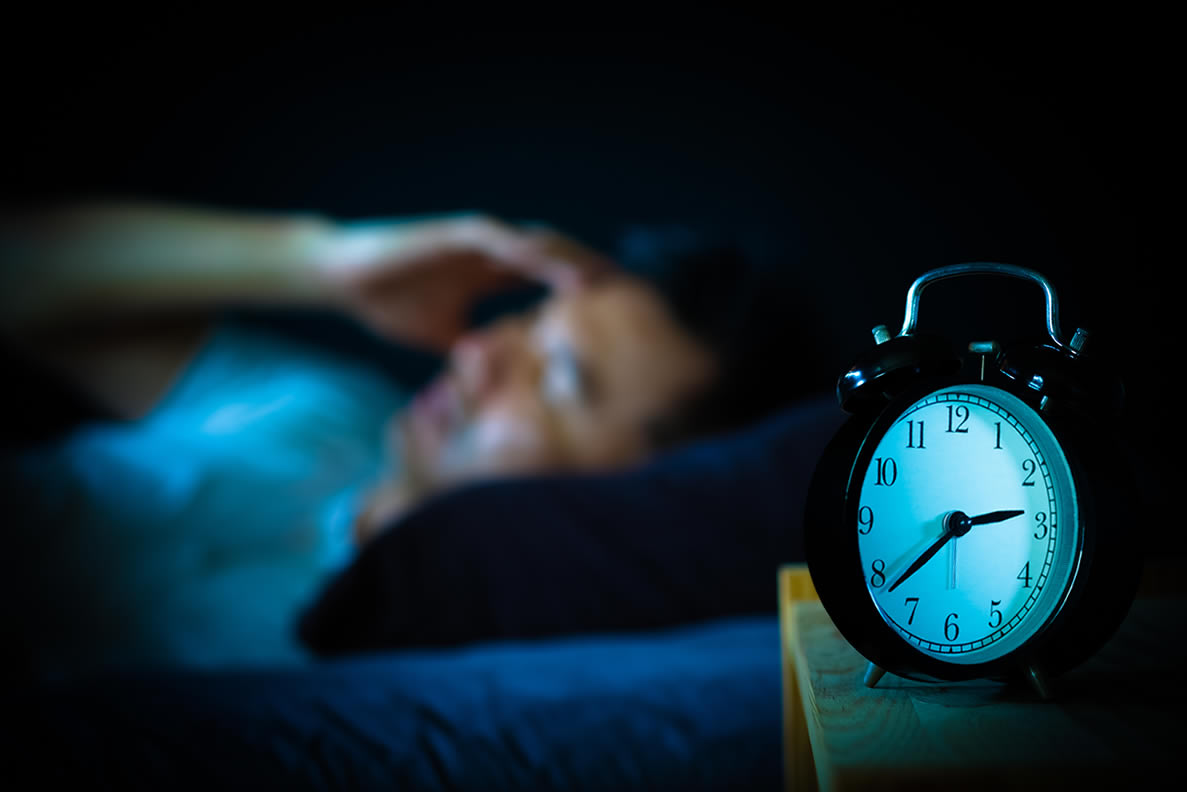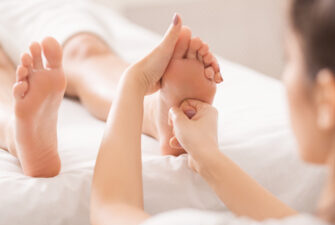Your pelvis is an important aspect of your overall health.
It’s the foundation for your physical, social, emotional, and sexual well-being. Here at Monastery Health, we provide Pelvic Floor Physiotherapy to residents of St. John’s, and we wanted to offer some tips for staying connected to your pelvic health.
1) 60 Seconds A Day
Stress and symptoms go hand in hand, which can impact your whole body, including your pelvic health. When stress is high, we tend to forget we have a body. Tension builds and this undermines your pelvic floor’s ability to work at its best.
Take 60 seconds to to control your breathing and enter a relaxed state.
Think of it as a quick “reset”. Something as small as this can help not only your pelvic health, but help reduce stress, organize thoughts.
2) Diet Has a Major Impact Pelvic Health
The health of the pelvic floor and surrounding structures can be influenced by several factors, including what you eat. Here are a few ways diet can play a role:
- Maintaining a Healthy Weight: Excess weight can put additional pressure on the pelvic floor muscles and lead to conditions like pelvic organ prolapse or urinary incontinence. A balanced diet can help with weight management and reduce this strain.
- Fiber and Digestive Health: Eating a high-fiber diet can help prevent constipation, which is important for pelvic health. Constipation can cause straining, which places pressure on the pelvic floor. Foods like fruits, vegetables, whole grains, and legumes can help maintain regular bowel movements.
- Hydration: Staying hydrated is important for muscle function, including the pelvic floor muscles. Dehydration can cause the muscles to become stiff and less responsive, which may lead to problems with bladder control.
- Avoiding Irritants: Certain foods and beverages, such as caffeine, alcohol, acidic foods, and spicy dishes, may irritate the bladder and pelvic area. For individuals with conditions like interstitial cystitis or overactive bladder, limiting these irritants may improve pelvic health.
- Calcium and Vitamin D: Adequate intake of calcium and vitamin D supports muscle function and bone health, including the pelvic bones and muscles. These nutrients are essential for maintaining strong pelvic floor muscles.
- Anti-inflammatory Diet: Chronic inflammation in the body can affect the pelvic region. A diet rich in anti-inflammatory foods (like omega-3 fatty acids, antioxidants, and whole plant-based foods) may help reduce inflammation and improve overall pelvic health.
3) Move, Move, Move…and Move some more!
Regular physical activity, especially exercises that target the pelvic floor and surrounding muscles, can have a positive impact.\
Types of Movement for Pelvic Health
- Pelvic floor exercises (Kegels)
- Yoga (especially poses that open and strengthen the hips)
- Pilates
- Walking and low-impact aerobic exercises
- Strength training (with focus on core engagement)
- Swimming
Here’s how movement helps:
Pelvic Floor Strengthening: Specific exercises, like Kegel exercises, can help strengthen the pelvic floor muscles. A strong pelvic floor can prevent or help manage issues like urinary incontinence, pelvic organ prolapse, and sexual dysfunction.
Improved Blood Flow: Movement helps increase blood circulation throughout the body, including the pelvic area. Better circulation can promote healing, reduce muscle tension, and support overall pelvic health.
Enhanced Core Stability: Exercises that engage the core (like Pilates, yoga, and certain strength training exercises) also engage the muscles of the pelvic floor. Building core stability can help improve posture and reduce strain on the pelvic region.
Reduced Pelvic Pain: Gentle stretching and low-impact exercises (such as walking, swimming, or yoga) can help alleviate pelvic pain by reducing muscle tension and promoting relaxation. Pelvic pain may result from muscle imbalances, tightness, or other factors, and regular movement can ease discomfort.
Increased Mobility: Certain movement practices, like yoga or tai chi, improve flexibility and mobility, which can help reduce stiffness and tension in the pelvic area. This may alleviate issues such as pelvic tightness or discomfort during movement.\
Posture and Alignment: Proper posture and alignment, which can be improved through regular movement, reduce unnecessary pressure on the pelvic floor and support healthy function. This is particularly helpful for individuals who experience pelvic discomfort due to poor posture.
Managing Weight: Regular movement is key to maintaining a healthy weight, which reduces the pressure on the pelvic floor. Excess weight can strain the pelvic muscles, contributing to problems like incontinence and pelvic organ prolapse.
It’s important to remember that overexerting or using improper form in some exercises can actually cause harm, so it’s essential to be mindful and, when necessary, consult a healthcare professional or physical therapist specializing in pelvic health for guidance. At Monastery Health Pelvic Floor Physiotherapy will provide you with the necessary treatment and therapy options.










